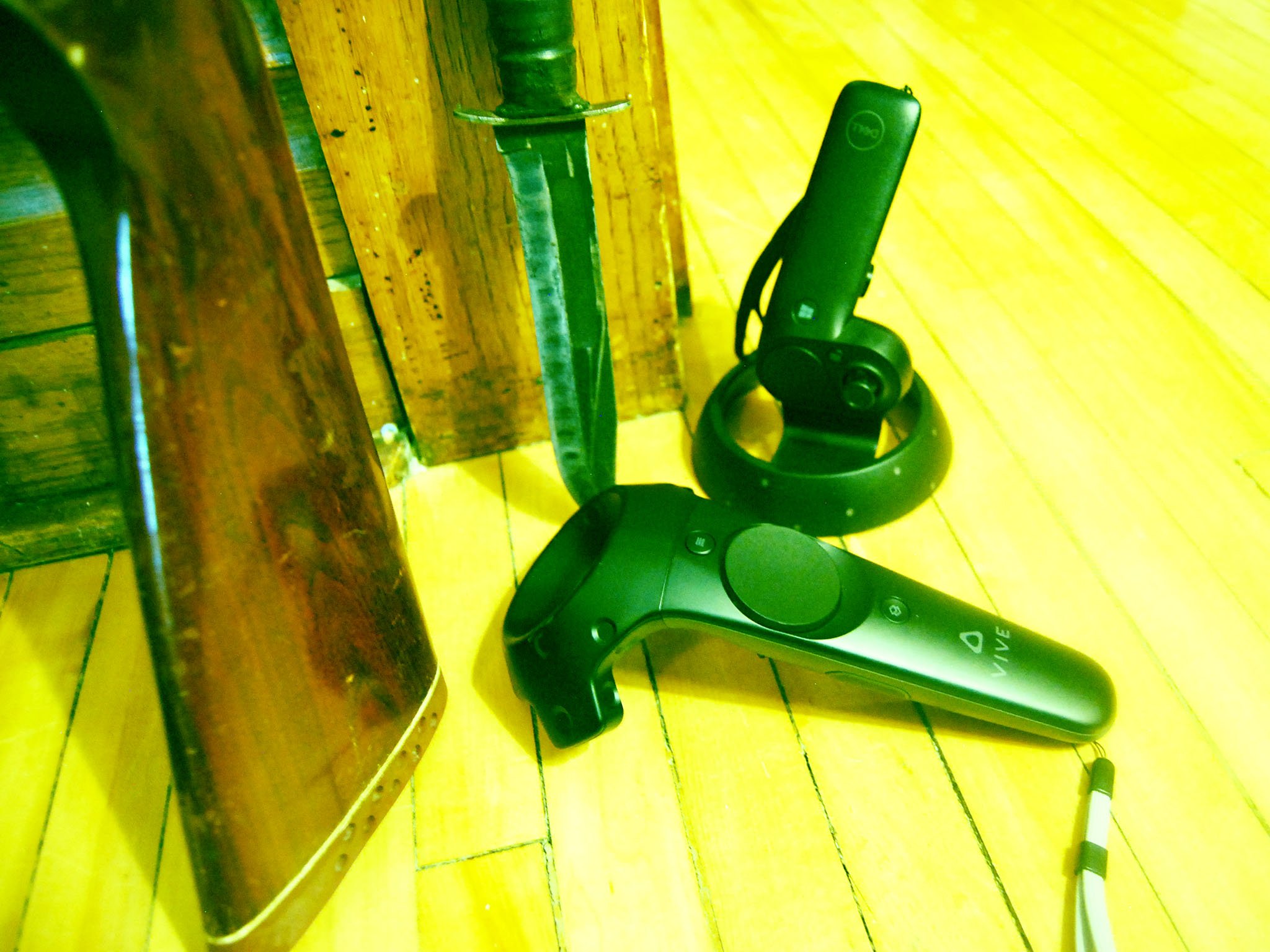
With the release of Fallout 4 VR, a whole gang of HTC Vive owners are headed back to The Commonwealth to loot, craft, maim, kill, poison, sneak, and discover what happened to their son, Shaun. The game was touted as an HTC Vive exclusive, but thanks to SteamVR integration, Fallout 4 VR happens to also work on Windows Mixed Reality (WMR). Is it as good as it is on the Vive?
Controls
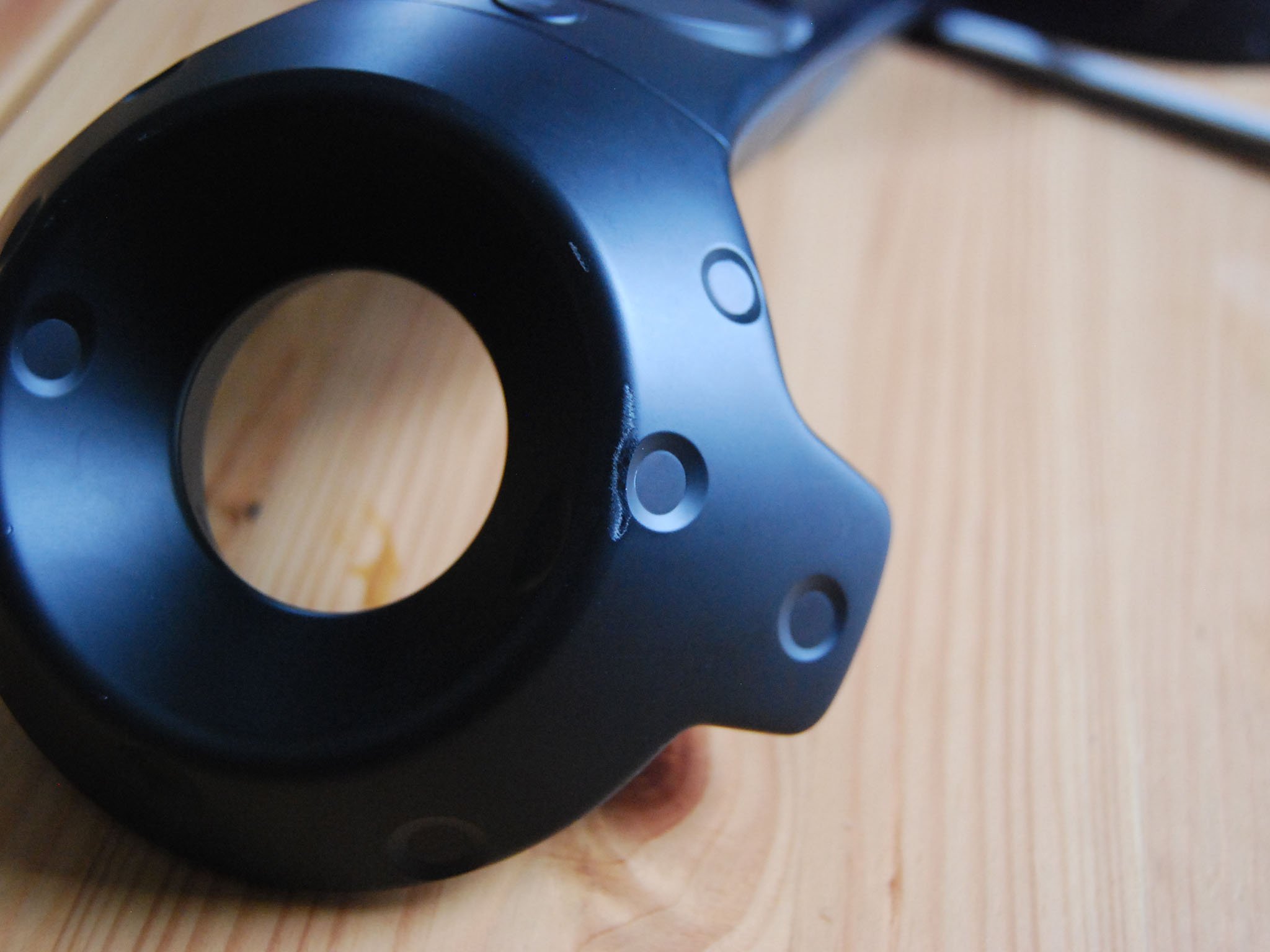
The biggest issue with playing Fallout 4 VR on WMR is undoubtedly the controls. While WMR motion controllers are sort of a mix between Oculus Touch and the Vive wands, the touchpads just aren't quite the same.
Because smooth movement — the type that's best suited for immersion — requires constant contact with the touchpad, you'll quickly notice how it's not as responsive on WMR as it is on Vive. It seems like it will occasionally send you off in a direction you didn't want to go, and you'll have to remove your thumb and let if figure itself not. This could have to do with moisture on the hands during long periods of play.
The WMR controllers also don't let you travel as quickly as on the Vive. I kept checking my Pip-Boy to see if I was over encumbered, but really it's just the touchpad not picking up that my thumb is close to the edge. Luckily, there is an option in the VR settings that lets you choose how fast smooth movement actually moves. With it cranked up, the difference becomes negligible, but only if you're used to the medium speed of movement on the Vive.
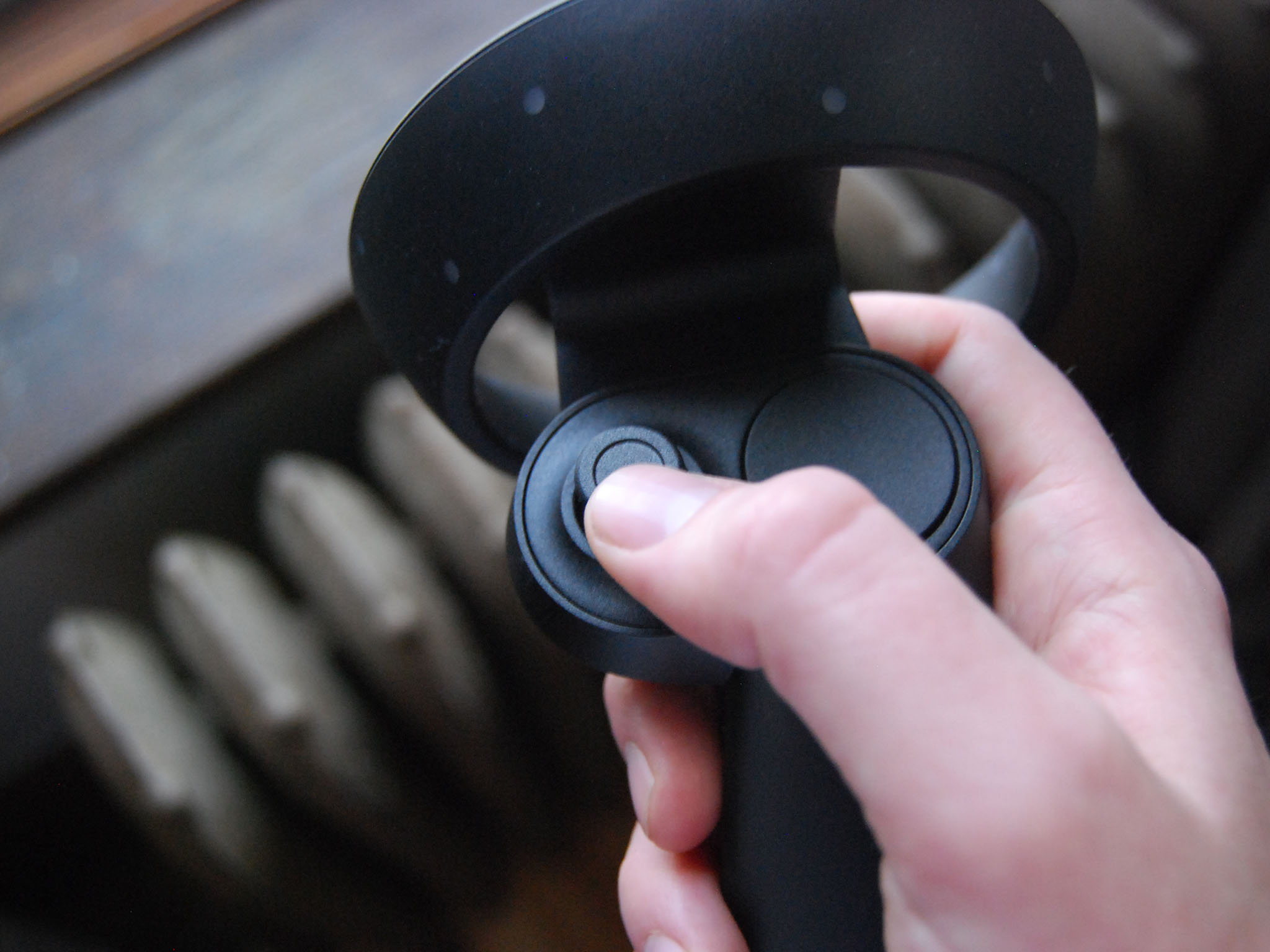
Sprinting, because it requires you to actually click down the touchpad, works fine all the time, but it drains your Action Point (AP) meter and can't be used continuously. Likewise, if you're particularly prone to nausea or just prefer using teleportation, movement works just fine using the trigger to point and teleport.
Other than the movement speed issue that can be mostly fixed and the occasional direction changes, controls are on an even playing field with the Vive. All buttons from the Vive's setup have an intuitive spot on the WMR motion controllers, and the angle at which you hold the controller to aim down the sight of your gun feels just as natural.
Get the Windows Central Newsletter
All the latest news, reviews, and guides for Windows and Xbox diehards.
Tracking
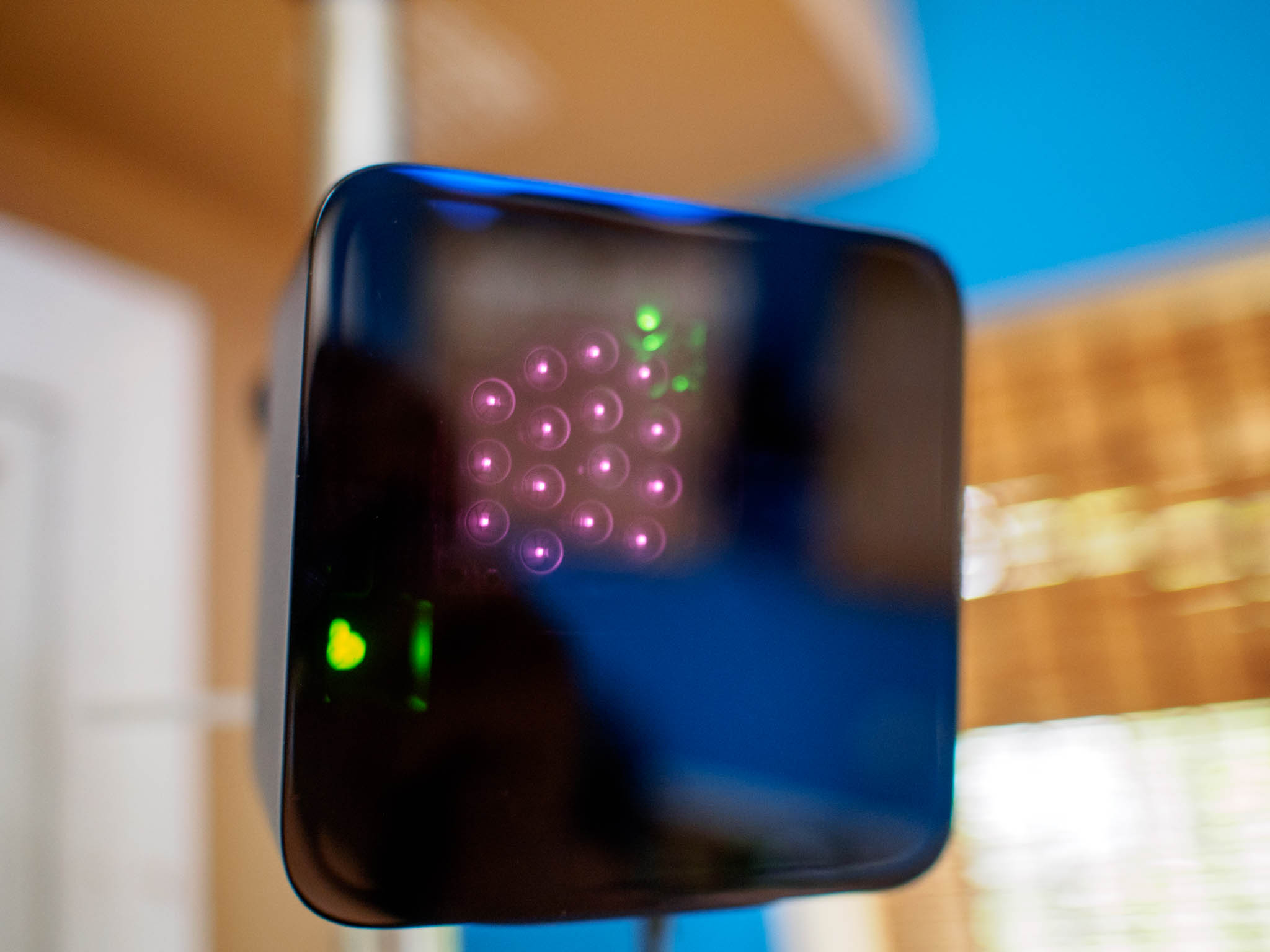
Fallout 4 VR can be a physical game involving a lot of quick movements, and the Vive's lighthouses are certainly up to the task of seeing everything. No matter what I was doing, including swinging madly with my bat at gangs of raiders, I didn't feel that my in-game motions were different than my actual motions.
For the most part, tracking on WMR is also precise, but you'll occasionally experience a controller losing its place if it's moved too far out of view of the sensors on the front of the headset. Still, this is rare and goes to show just how well the built-in motion tracking can compete with the Vive's lighthouses.
Graphics and visuals
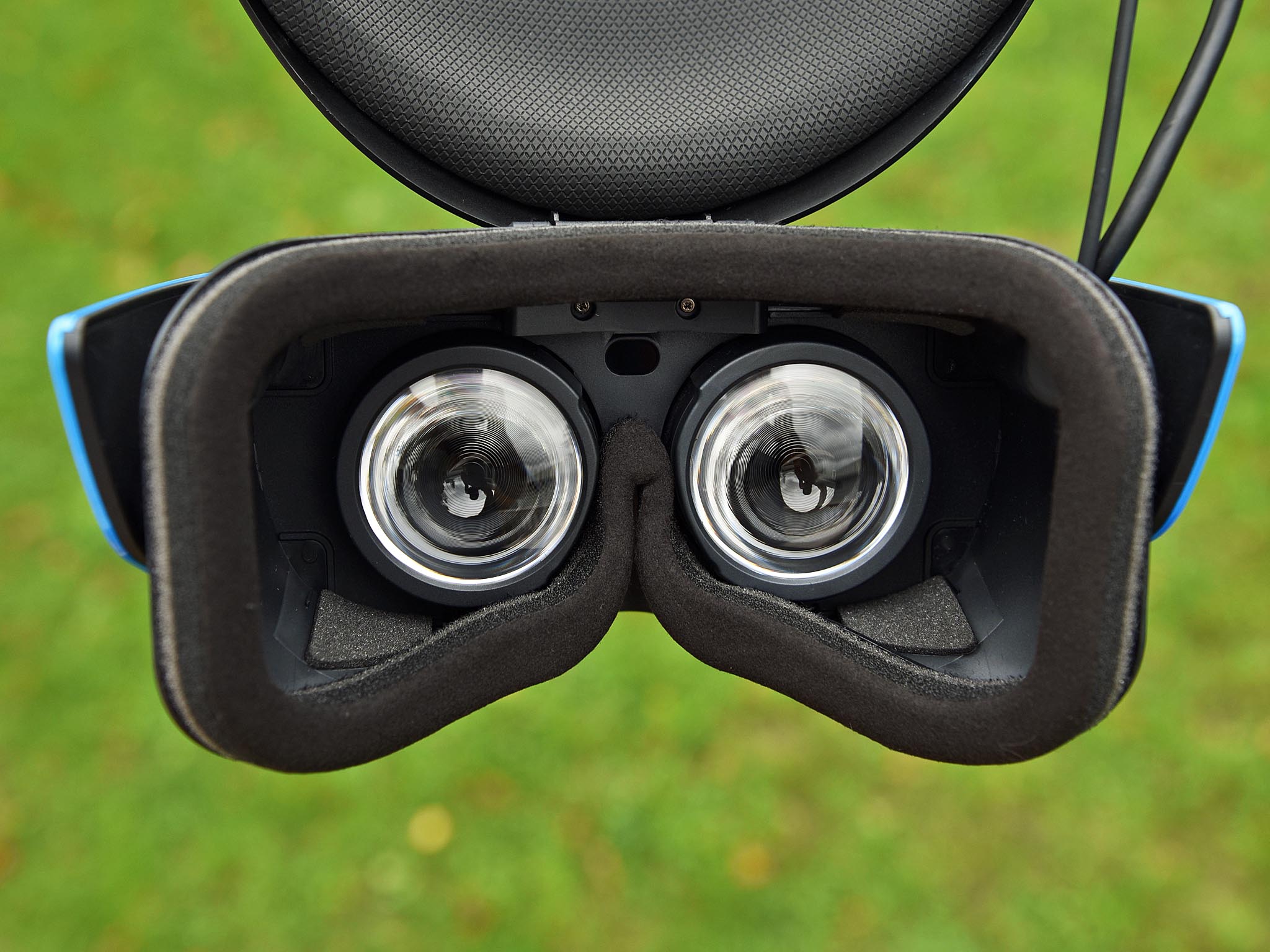
Now that Bethesda has released a couple of beta patches for Fallout 4 VR's graphical problems, the game looks quite good on both Vive and WMR. Your PC is using the same hardware, and the game is going through SteamVR no matter which headset you're using.
However, the display in the HP WMR headset does have a higher resolution (1440 x 1440 compared to 1080 x 1200) than the Vive, and after playing Fallout 4 VR for a few hours on both, it's safe to say that WMR is bringing a clearer picture.
It's easier to pick up targets from a distance — something that's required since the scopes aren't currently showing anything more than a solid black color — and overall it's simply more pleasant to look at. When using WMR, the in-game controllers do show up as WMR controllers, so there are no weird cognitive issues. Some of the overlay does sometimes get clipped by the large ring, but nothing game-breaking.
Setup
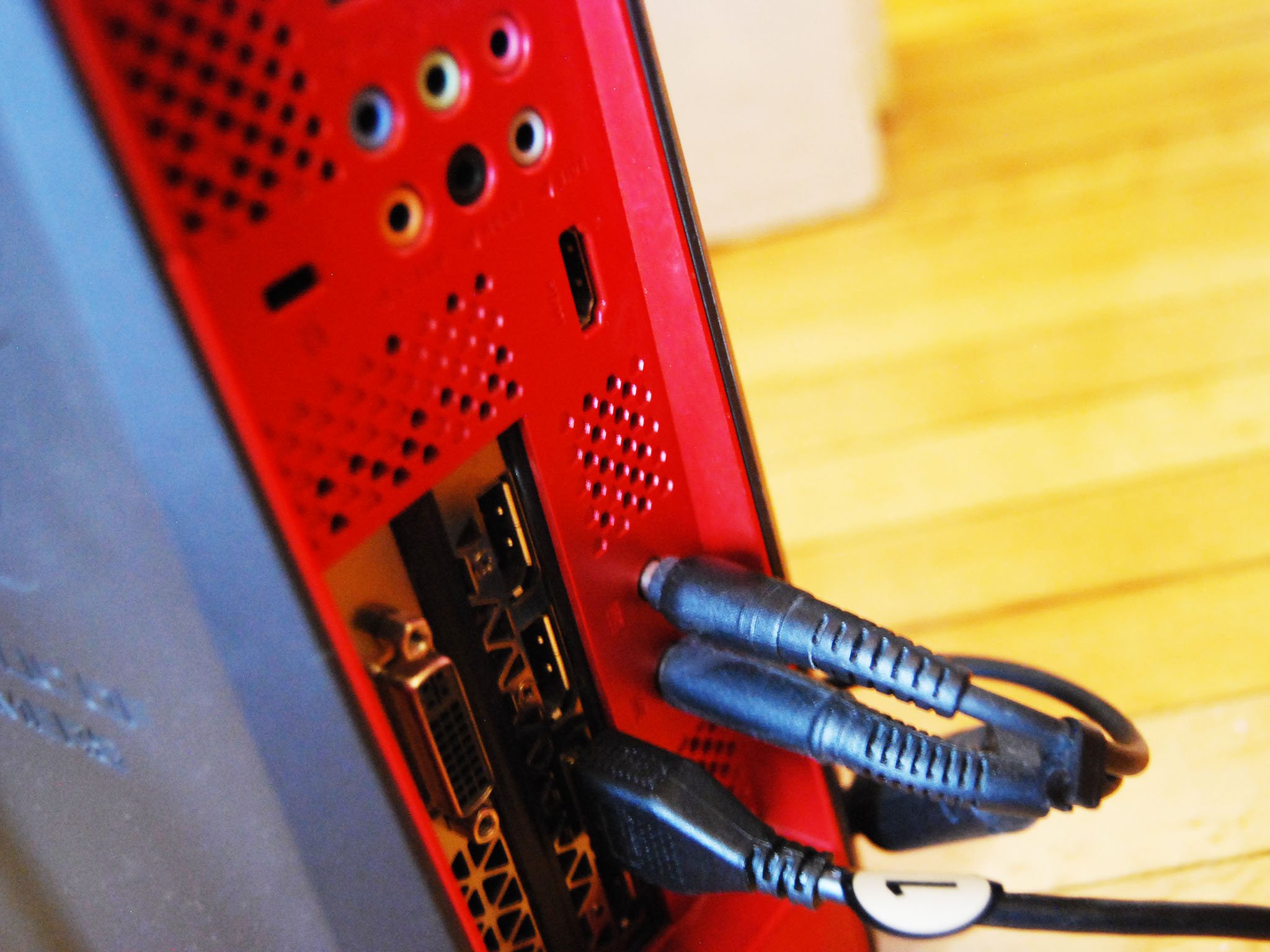
If you look at both setups as coming from a state of no VR at all, WMR is much easier to get going. You plug in the headset, run through a couple of training exercises, trace a border, and you're in, ready to launch SteamVR and Fallout 4 VR.
The Vive isn't necessarily a chore, but you do have to set up your two tracking lighthouses. These don't have to be permanently fixed, but they do need to be placed relatively high and do come with the hardware for wall mounting. The software setup doesn't take much time, but you might have to sit around and wait while controllers and lighthouses receive firmware updates with a wired connection.
Neither setup is particularly painful, but if you're rushing home with either setup and need to get into Fallout 4 VR, like, yesterday, WMR should get you there sooner.
Price
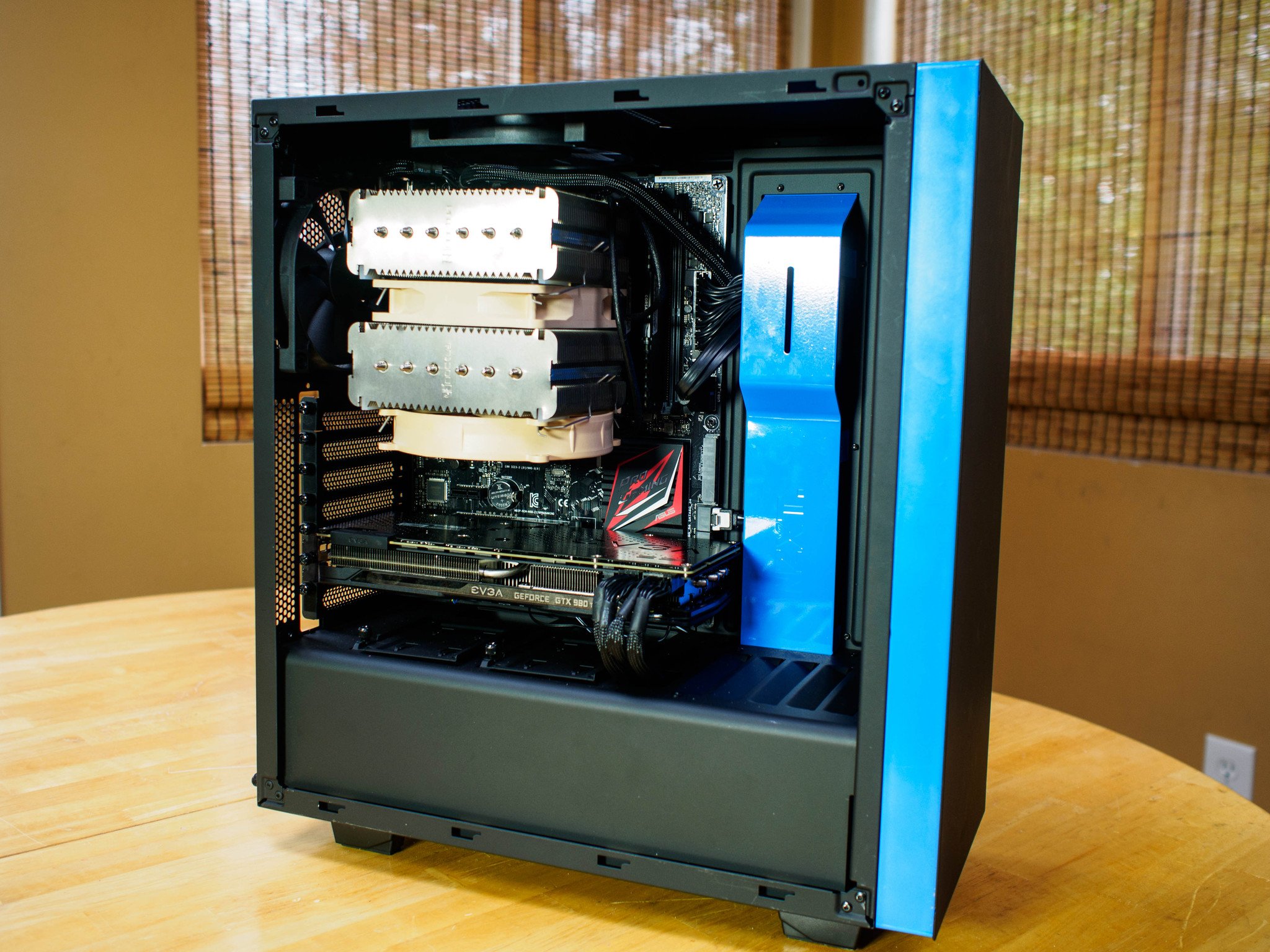
Fallout 4 VR requires a respectable gaming rig for it to run properly. Recommended specs from the Steam Store page are:
- CPU: Intel Core i7-6700K or AMD Ryzen 5 1600X
- RAM: 16GB
- GPU: NVIDIA GeForce GTX 1080 or AMD RX Vega 64
Plenty of people are finding that some of the top 9-series NVIDIA GPUs are running it without a problem, but as a bottom line, you're going to need something that costs a decent amount of money whether you're using the Vive or WMR.
Setting performance hardware prices aside, you're looking at about $600 for the Vive system, including wands, lighthouses, and a free copy of Fallout 4 VR.
WMR bundles, which include the headset and controllers, start at about $400 and go up to about $500. One thing to note is that WMR bundles do seem to see some pretty significant price drops during sales; the lowest we've seen is about $200 knocked off the total price.
Which is better for Fallout 4 VR?
Fallout 4 VR (about $60) was made to be used with the HTC Vive, and it shows. The Vive wands deliver precise controls, and the tracking is spot on for a game that often requires wild movements.
WMR, however, shouldn't be counted out, and I can see myself often slipping into the Windows headset for a quick romp when I don't feel like plugging in the Vive's lighthouses. The control issues I saw definitely aren't game-breaking, and superior visual clarity is certainly a huge perk.

Cale Hunt brings to Windows Central more than eight years of experience writing about laptops, PCs, accessories, games, and beyond. If it runs Windows or in some way complements the hardware, there’s a good chance he knows about it, has written about it, or is already busy testing it.
